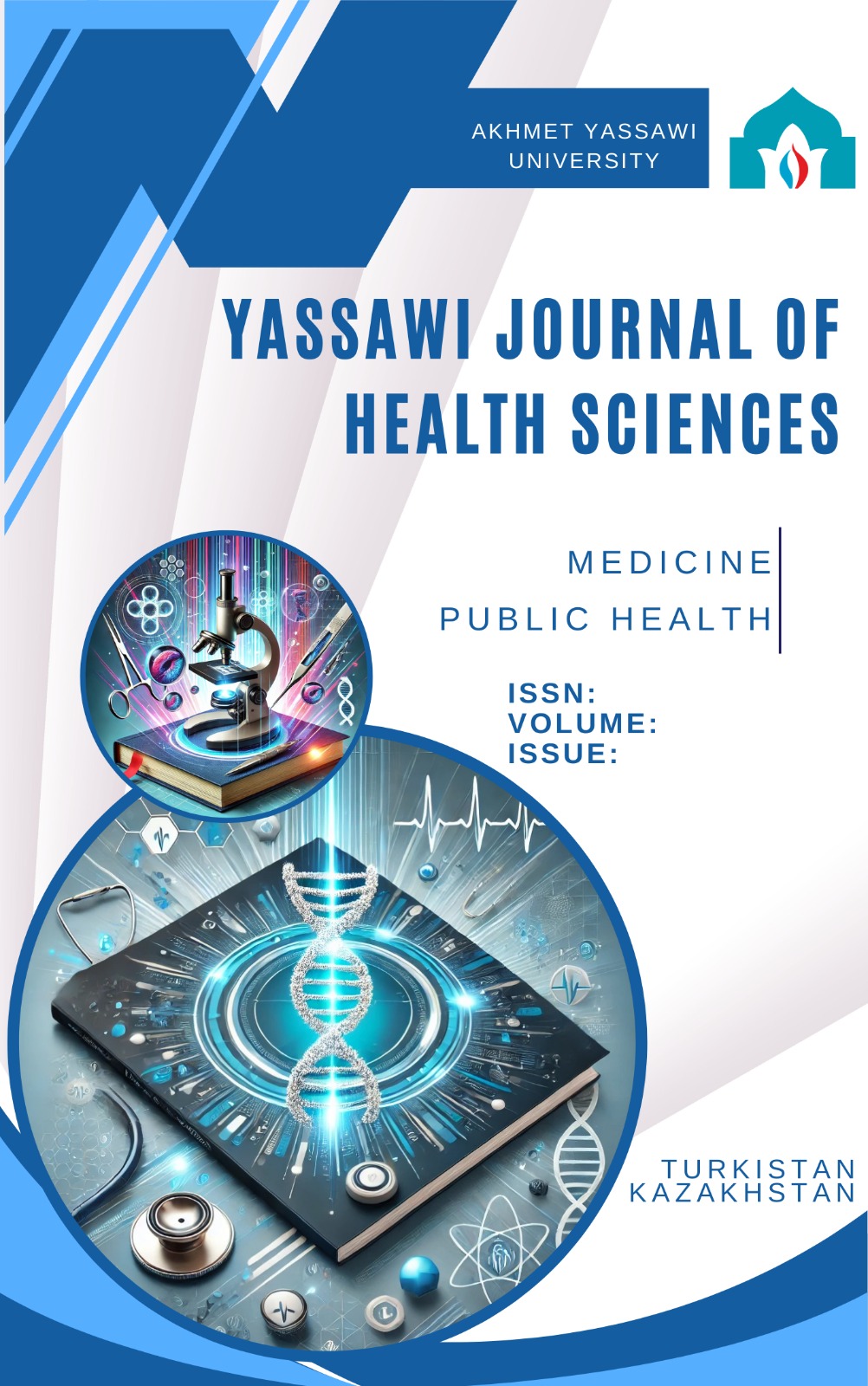RESTLESS LEGS SYNDROME: CLINICAL AND BIOCHEMICAL ASPECTS AND OPTIMIZATION OF DIAGNOSIS AND THERAPY
127 61
Özet
Restless legs syndrome (RLS) is a prevalent neuropsychiatric disorder that has a considerable impact on patients' quality of life, characterised by an irresistible urge to move the lower extremities, particularly during restful periods and at night. This condition is associated with unpleasant sensations in the legs, which often result in chronic sleep disturbances, such as difficulty in falling asleep and staying asleep. Consequently, individuals suffering from this disorder frequently experience daytime fatigue, cognitive impairments, and an increased risk of developing anxiety and depressive disorders. Despite its high prevalence, the disorder remains underdiagnosed, leading to delays in the initiation of appropriate treatment and the management of symptoms.According to epidemiological studies, the prevalence of restless legs syndrome ranges from 5-10% among the adult population, with a higher prevalence observed among women and elderly individuals.The etiology of restless legs syndrome is multifactorial, involving genetic predisposition, neurochemical imbalances, iron deficiency, and hormonal dysfunctions, such as hypothyroidism. Adequate diagnosis and effective therapeutic management are contingent on a comprehensive understanding of these mechanisms. This necessitates the exploration of biochemical markers that may facilitate restless legs syndrome diagnosis and optimize treatment strategies. Among these, thyroid-stimulating hormone, hypoxia-inducible factor-1, and interleukin-6 have been identified as potential indicators of pathological processes associated with the disorder.The evaluation of these biochemical markers may contribute to a more individualized approach to treatment, enabling better disease management. The current treatment options for restless legs syndrome include pharmacological and non-pharmacological interventions. A range of pharmaceuticals, including dopamine agonists, anticonvulsants, and iron supplements, are frequently prescribed with the aim of alleviating symptoms. In addition to drug therapy, non-drug interventions, such as regular physical activity and lifestyle modifications, have been shown to be of significant benefit to patients. A multidisciplinary approach that takes into account neurochemical, biochemical, and hormonal disturbances is essential for achieving better control of symptoms, improving sleep quality, and reducing the psychological burden associated with this disorder. The importance of early diagnosis and the development of personalised treatment strategies cannot be overstated in this context, as they have the potential to significantly enhance the quality of life for individuals affected by restless legs syndrome.

